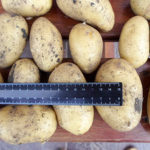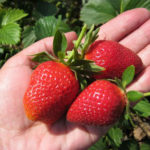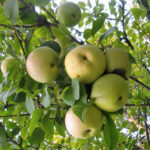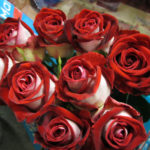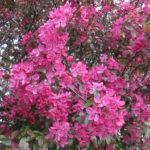Canadian spruce Sanders Blue
Canadian spruces have long been loved by fans of conifers. They are distinguished by increased resistance to low temperatures, compact crown, unpretentiousness and resistance to urban gas pollution. And also - an unusual, light blue color of the needles, for which they are often called "gray spruce". Among the many varieties of Canadian spruce, such a variety as Picea glauca Sander's Blue is gaining popularity.
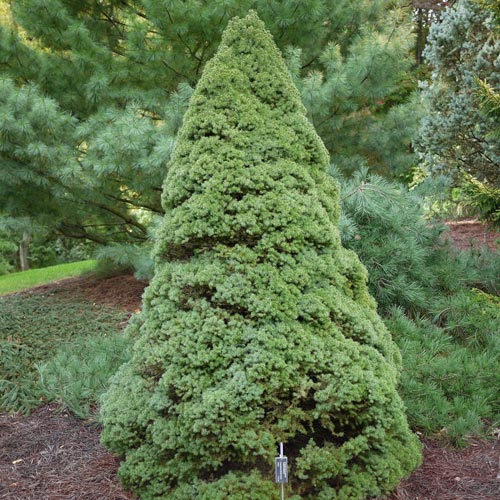
A bit of history
Our heroine appeared in one of the nurseries in France in 1986. And although it is reputed to be a separate variety, strictly speaking, it is a mutation of a long-known, now classic, variety Konica... Konica, which appeared in Europe at the beginning of the last century, turned out to be a fertile breeding material. Through careful selection of mutated specimens, about a dozen new cultivars have been created on its basis, which have established themselves as independent commercial names.
Sanders Blue is one of such mutations that French specialists managed to fix. In Europe, the cultivar has been known for a long time, but in the territory of the former Union it began to spread relatively recently. The more interesting the acquaintance will be!
Features of appearance
The main thing that distinguishes this variety from the "progenitor" is the significantly reduced size and more narrowed, conical shape of the crown. And the color of the needles of this "inch" is even lighter; young shoots are especially distinguished by a bluish-gray tint. With age, the needles gradually turn green. The needles themselves are thin, short, soft, densely planted. During the period of active growth, the tree looks elegant, light blue.
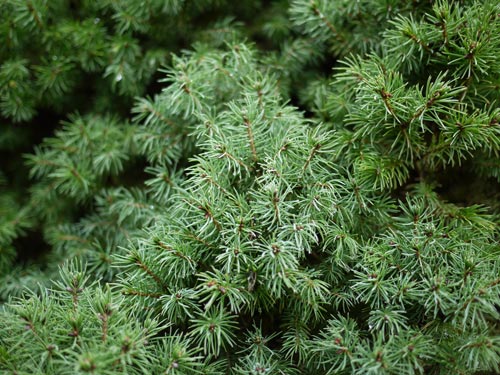
Having touched on the issue of growth, it is pertinent to mention that the spruce grows extremely slowly in size, and is famous for this. Reference books indicate that its annual growth barely reaches 2-3 cm, and by the age of ten, the average size is 70-80 cm. It takes a lot of time for Sanders Blue to grow to the level of an adult's breast! And the very first copies, which will soon be 40 years old, barely reached 3 meters.
The bark on the branches is smooth, grayish, the shoots themselves are short, densely planted, tightly pressed against the trunk. Bumps are not formed every year, they are small and almost oval.
Features of agricultural technology
In general, the care of this cultivar differs little from that which is required for all Koniks. However, there is one important advantage: "our" spruce is more photophilous, it can be planted in those open areas where other conifers get sunburn.
Frost resistance is also "at an altitude", adult specimens can withstand up to -40 °, although in the first few years it is still better to slightly cover the tree for the winter, at least from the winds.
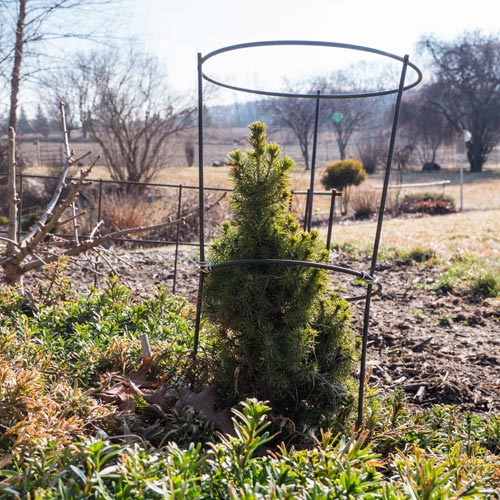
Relatively not demanding for soils, as long as there is no stagnation of moisture. It transfers both slightly acidic and slightly alkaline substrates, will grow on depleted soils. At the same time, it demonstrates the best decorative qualities on fertile, well-aerated, slightly moist loams and sandy loams with a slightly acidic reaction.
In conditions of prolonged dry weather, it can be damaged by a spider pine mite.
Use in landscape design
Sanders Blue is a very versatile plant, and this is another advantage of it. In the garden, it is often used to form a line of borders, as well as a low, beautiful fence. Perfectly harmonizes with many plants, both coniferous and deciduous, flowering, being a valuable "participant" in green compositions.
In tiny gardens, in small areas, it can become an independent design element on which attention is focused.In some countries, this spruce has become the most popular potted ephedra, which is convenient to carry from place to place without hiding the tub for the winter.
In general, we see an unpretentious, compact, decorative coniferous tree with a wide range of possibilities, which, moreover, can be taken care of even by an inexperienced gardener.
